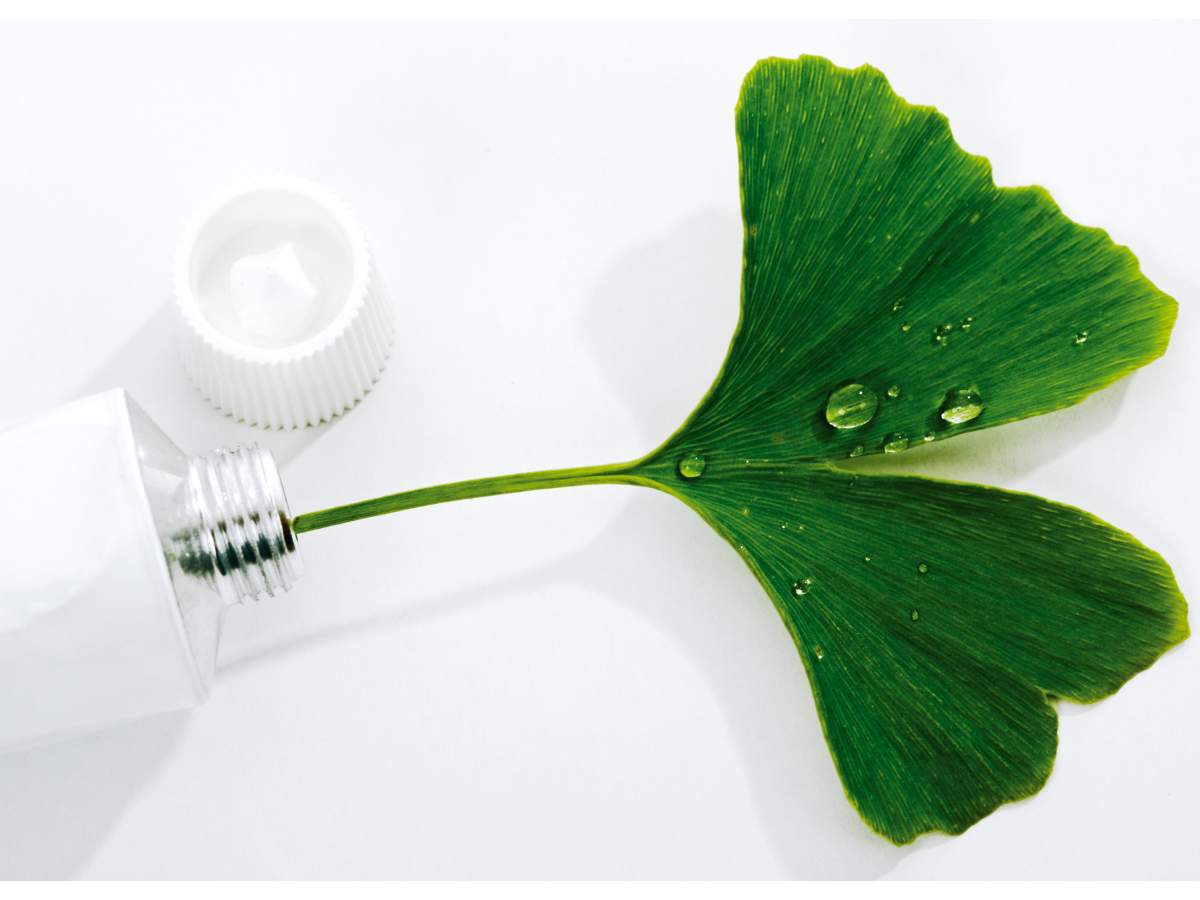As Canadians continue to spend more money on beauty products every year — they spent $1.13 billion on prestige beauty in 2017 — and the demand grows for natural or eco-friendly options, “natural” labelling is outpacing more traditional ones as the most popular skincare claim.

Unfortunately, despite what a beauty product may claim on its packaging, what lies inside isn’t always as “natural” or “clean” as many consumers would hope.
WATCH BELOW: A look at some technology-based beauty products

“There is really no such thing as a natural cosmetic,” says Perry Romanowski, president of the Society of Cosmetic Chemists and co-founder of The Beauty Brains. “Out in the wild, you can’t plant a plant and grow body wash or lipstick. No matter the marketing, all cosmetics are processed in some way.”
He says the term “natural” is as natural as the company’s marketing plan wants it to be.
When the natural beauty trend started to take hold in the early 1990s, oftentimes companies would just re-brand a well-performing product as “natural” by making it green and adorning the bottle with images of flowers. And it worked.
“That’s an example of pure greenwashing, when you take a standard product, dress up the packaging, add some drops of extract and change the name to something natural,” he says. “And that still goes on today, albeit in a more sophisticated way.”
To help consumers navigate the beauty aisles, which today are rife with products with natural, organic and botanical claims, Romanowski breaks down the different labels and explains what they mean.

Get weekly health news
Natural
The concept of a natural product is a subjective one based on the brand’s philosophy on what is natural.
“Take a company like Burt’s Bees. They came up with a definition of what they consider natural and formulate to that. Most of their ingredients come from plants, other companies only use non-GMO plants.”
But no matter what they use, there’s no one really regulating what they’re putting in or policing their claims.
READ MORE: How natural are ‘natural’ beauty products?
Health Canada doesn’t impose standards for natural or organic claims in personal care products, and although they’re attempting to change that, they’re being met with opposition from health product retailers and manufacturers. However, the newly approved IOS Cosmetics Standard is attempting to change that by introducing strict natural and organic certification standards for products in Canada and the U.S.
At the end of the day, however, the term “natural” is as personal as it is subjective.
“When you buy something natural, what do you expect from it? There’s nothing inherently more safe about natural products,” Romanowski says.
Organic
Barring the IOS standard listed above, organic beauty products have traditionally been approved based on agricultural food standards. In the U.S., it’s regulated by the FDA and the USDA.
“When you see a product from the U.S. and it’s certified organic by the USDA, you know they’re following the strictest standards, but if there’s no USDA stamp, it could be just any other product.”
Regardless, the FDA has ultimate responsibility for cosmetic products, but they stand firm on not legally defining anything as organic or natural.
Europe remains the gold standard for regulating organic cosmetics, and in fact, has a far more comprehensive hot list of banned ingredients that are deemed unsafe for cosmetic use — 1,400 compared to Canada’s 600 and America’s 30.
Chemical-free
This is an interesting claim as it can come down to semantics.
READ MORE: These are the skincare ingredients you should never mix
“Nothing is chemical-free,” Romanowski says. Indeed, even water is a chemical.
Although Europe has banned the use of chemical-free claims in its products, the U.S. and Canada have not. However, it’s not unusual to see product labels that plainly advertise no parabens, phthalates, sulfates, aluminum and a host of other ingredients that have been vilified over the years.
“There’s no rule about what constitutes ‘chemical-free,’ but in this age of social media, if a brand claims that they’re chemical-free but you see sulfates on the ingredient list, the market will take care of them from there.”
In other words, before you blindly accept that a product is, in fact, chemical-free, take a good hard look at its ingredient list.
Botanical
This is something that Romanowski says has been traditionally used as a “claims ingredient.”
“A brand makes a standard formula, adds a few drops of an extract or botanical ingredient, and it’s the hero product that they advertise,” he says. “It doesn’t actually have any effect because even if it does have benefits, it’s not used at efficacious levels. It just lets you tell a story.”
Dermatologist tested
Once again, this is an empty claim. It’s highly unlikely that a dermatologist has gone to the lab and actually tested the product themselves.
“Even if they are involved in the process, it’s usually just to sign their name to a report. It’s compelling to consumers, but doesn’t mean much.”
READ MORE: Does deodorant cause cancer? Looking into the decades-long debate
Anything can be dermatologist tested. Plus, any dermatologist can be paid to claim that it has been tested and has received their seal of approval.
Holistic
This is perhaps the most vague and least revealing claim of them all.
Holistic medicine implies that you’re not treating the symptoms but rather treating the whole body and spirit in a particular way or with a particular product. Marketers are aware of this and realize that consumers have very positive feelings about the word “holistic.”
“So, a brand can sell you a holistic beauty treatment that involves 10 products to treat the whole body, or a holistic approach can involve featuring the ingredients from a single plant,” Romanowski explains. “Either way, it all depends on the marketing story they want to build.”










Comments